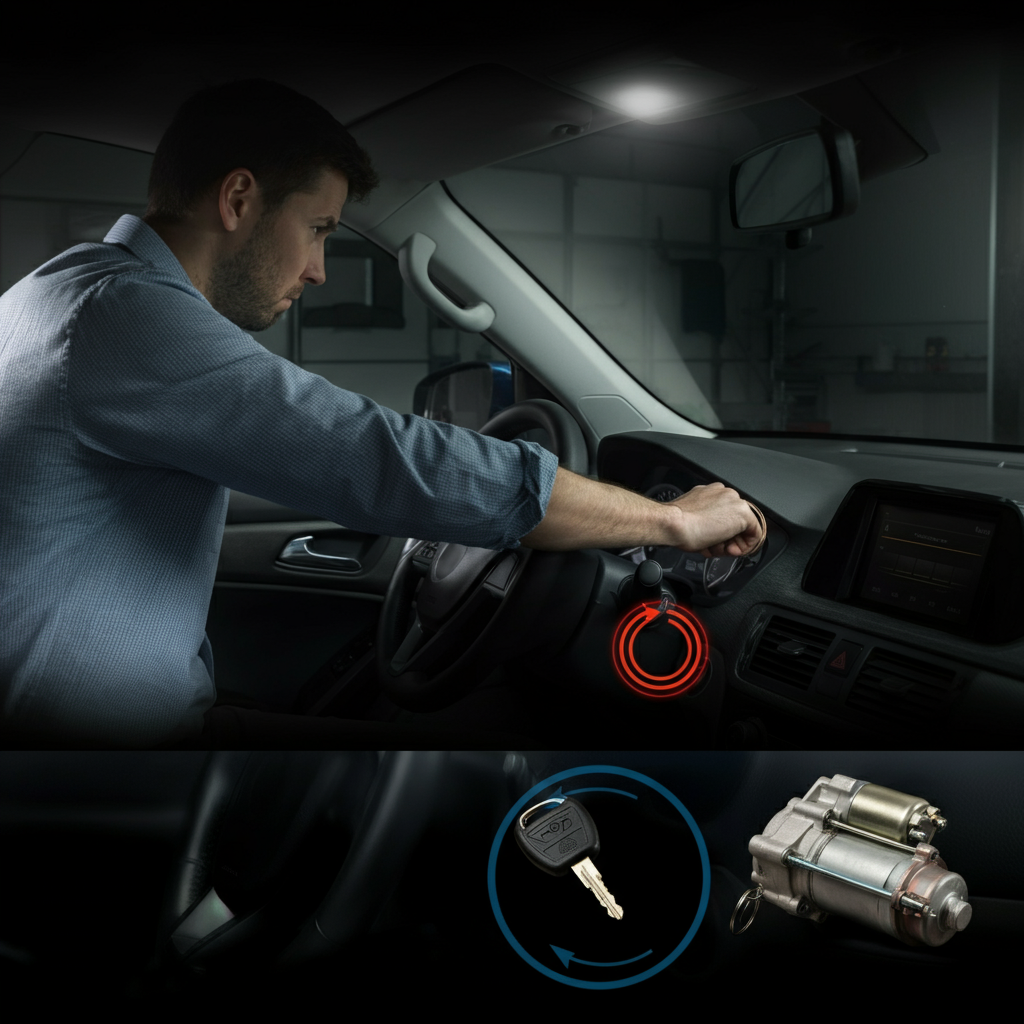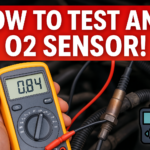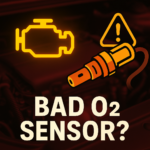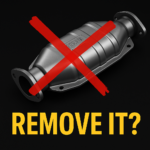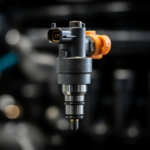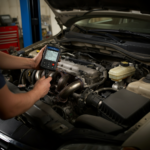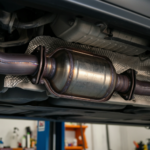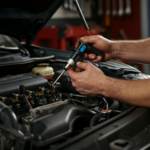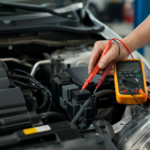When you turn the key or push the button to start your car, you expect the engine to roar to life without any hiccups. But what happens when your car doesn’t respond—or worse, it shows signs of trouble? A bad starter could be the culprit. Understanding the signs of a starter going bad can save you time, money, and stress. Plus, catching the issue early can prevent further damage to your vehicle’s electrical system. This guide will walk car owners, DIY mechanics, and auto enthusiasts through identifying bad starter symptoms, recognizing what causes a starter to go bad, and how to get your car started if you suspect a failing starter.
What Does the Starter Do?
Before understanding bad starter symptoms, it’s important to know what a starter actually does. The starter is an essential component of your car’s ignition system—it literally starts your vehicle. When you turn the key or press the start button, the car battery sends an electric current to the starter motor. The starter motor then cranks the engine, enabling it to power on.
But when the starter system malfunctions, things don’t go according to plan. And that’s when you notice signs of starter issues.
Signs of a Bad Starter
Spotting the signs of a failing starter early can save you from being stranded. Here are the most common bad starter symptoms you should know:
1. Your Car Won’t Start
The most obvious sign of a bad starter is when your car won’t start, despite having a fully charged car battery. If the engine doesn’t crank at all when you turn the key or push the button, the starter could be to blame.
2. Clicking Sounds or No Noise at All
One of the classic failing starter symptoms is a clicking noise when you try to start the car. This typically indicates an issue with the starter solenoid, a small component that acts as a bridge between the battery and starter motor. On the other hand, no sound at all could mean complete starter failure.
3. Grinding Noise When Starting the Engine
A grinding noise is another key sign of bad starter motor symptoms. This sound occurs when the starter gear fails to engage properly with the engine’s flywheel. Ignoring this can lead to significant wear and tear on both the starter system and the flywheel.
4. Intermittent Starting Issues
Starter issues don’t always present consistently. A bad car starter might work one day and fail the next. This can make diagnosing the problem challenging and inconvenient.
5. Smoke from the Engine Bay
If you notice smoke coming from the engine bay when trying to start your car, stop immediately. A failing starter can overheat, usually due to electrical issues or excessive wear. Continuing to try and start the car could cause further damage.
6. Dashboard Lights Turn On, but Car Won’t Start
If your dashboard lights illuminate but the engine doesn’t crank when you turn the key, there’s a good chance you’re dealing with starter symptoms. This scenario often suggests the problem lies with the starter, not the car battery.
7. Other Signs of a Bad Starter Motor
Keep an eye out for other bad starter motor symptoms, like unusual vibrations when attempting to start the car or difficulty turning the key in the ignition.
What Makes a Starter Go Bad?
Understanding what causes a starter to go bad can help you prevent problems in the future. Here are the most common reasons:
1. Wear and Tear
Like any mechanical component, the starter is subject to wear and tear over time. Constant use can eventually cause internal parts, such as the brushes and armature, to deteriorate.
2. Electrical System Issues
Problems with the electrical system, such as a weak car battery or faulty wiring, can lead to starter failure. Even a bad starter relay—a small device that passes power to the starter—can be a point of failure.
3. Faulty Starter Solenoid
The starter solenoid, which helps transmit electric current from the battery to the starter motor, can fail due to wear or electrical faults. This component often fails before the starter motor itself.
4. Corrosion or Dirt Build-up
Corrosion or dirt on the starter motor or connections can prevent the starter from functioning correctly. Regular maintenance can reduce the likelihood of this problem.
5. External Damage
Excessive heat, oil leaks, or physical impact can damage the starter, leading to car starter problems.
How to Get a Car Started with a Bad Starter
While you should address signs of a bad starter as soon as possible, here are a few tips to start your car temporarily if necessary:
1. Tap the Starter
If you suspect the starter motor is failing, gently tapping it with a tool can sometimes temporarily free up stuck components. This method can provide a one-time solution to get the car started.
2. Check the Battery
Sometimes, starter issues overlap with a weak or dead battery. Use jumper cables or a jump-start pack to ensure your car battery is fully charged before starting the engine.
3. Bypass the Relay
If the starter relay is the issue, bypassing it can help start the car. Only attempt this if you’re familiar with your vehicle’s electrical system, as improper handling can cause damage.
4. Push Start
For manual transmission vehicles, a push start (also known as a bump start) can be used. This involves getting the car to a rolling start and engaging the clutch to start the engine.
5. Schedule an Appointment with a Mechanic
If all else fails, it’s time to seek professional help. Schedule an appointment with a trusted mechanic to diagnose and fix the issue.
Can You Prevent Starter Problems?
While some wear and tear on the starter is inevitable, there are ways to extend its life:
- Perform Regular Maintenance: Clean terminals, check the electrical system, and inspect wiring at regular intervals.
- Avoid Short Trips: Frequently turning the engine on and off can accelerate starter wear.
- Use a High-Quality Battery: A weak battery can strain the starter. Ensure your car battery is in good condition.
- Act Quickly: Address failing starter symptoms as soon as they arise to avoid broader damage to the starter system and flywheel.
When Should You Replace Your Starter?
If you notice any of the bad starter symptoms mentioned above, it may be time to replace your starter. While some issues, like corrosion or minor electrical problems, can be repaired, persistent issues often require full starter replacement.
Consult a professional mechanic to diagnose whether your starter needs to be repaired or replaced. Acting early can save you from being stranded and prevent further damage to the vehicle.
Final Thoughts on Bad Starter Symptoms
A bad starter can bring your day to a frustrating halt, but recognizing the signs of a failing starter can save you from being stranded. Whether you hear clicking sounds, a grinding noise, or notice your car won’t start despite all lights being on, don’t ignore starter symptoms. Take prompt action to address bad car starter issues and maintain your vehicle’s health.
If you’re experiencing starter issues, schedule an appointment with a certified mechanic and get back to confident driving.
For more information on related issues, check out our guide on How to Test an Alternator: A Step-by-Step Guide. Additionally, learn how to replace a starter from AutoZone.
